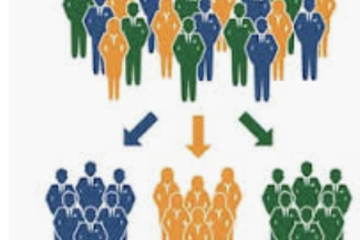We found 9 results that contain "tag"
Posted on: #iteachmsu

Pedagogical Design
Transformative Collaboration
Posted by:
Chathuri Hewapathirana

Posted on: #iteachmsu

Playlist -- Management skills
Authored by:
Vijayalaxmi Mhetre

Posted on 1: #iteachmsu

Playlist -- Management skills
Authored by:
Vijayalaxmi Mhetre

Posted on: Software testing

What Is Agile Methodology in Project Management?
Authored by:
Rohit Shinde
Posted on 1: Software testing

What Is Agile Methodology in Project Management?
Authored by:
Rohit Shinde
Posted on: #iteachmsu

Playlist-- What Is Agile Methodology in Project Management?
Authored by:
Super admin - R
Posted on 1: #iteachmsu

Playlist-- What Is Agile Methodology in Project Management?
Authored by:
Super admin - R
Posted on: #iteachmsu

There were special effects, fireworks, laser shows, sound effects, and more
Authored by:
Super admin - R
Posted on 1: #iteachmsu

There were special effects, fireworks, laser shows, sound effects, and more
Authored by:
Super admin - R
Posted on: #iteachmsu

Disciplinary Content
Kicking Off Class with a Plan! An overview of teaching.tools
Authored by:
Viju
Posted on: #iteachmsu

Navigating Context
NLP tasks
Authored by:
Super Admin - R
Posted on: #iteachmsu

Navigating Context
Web Content Accessibility Guidelines (WCAG) 2.2
Authored by:
Vijaya

